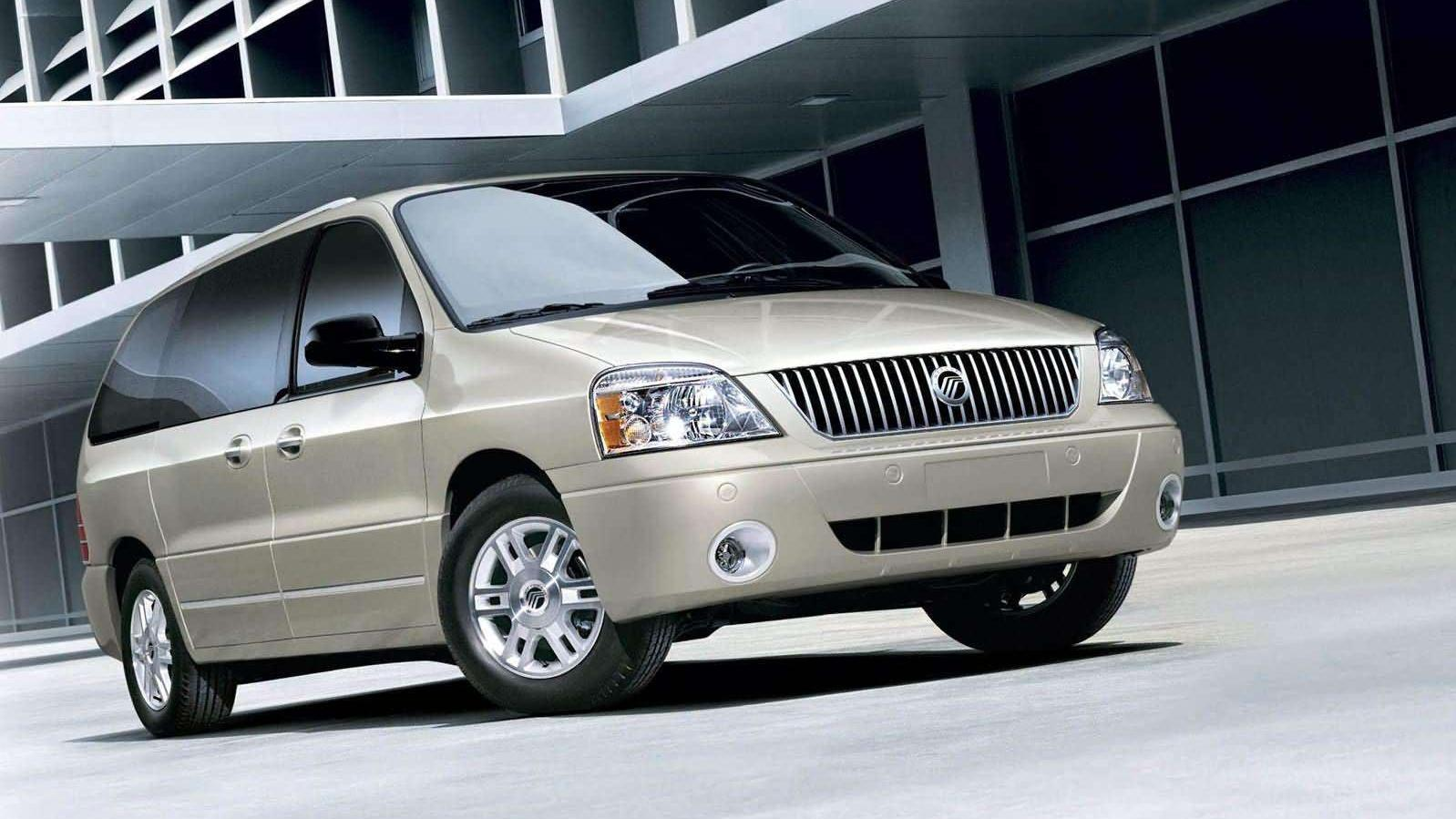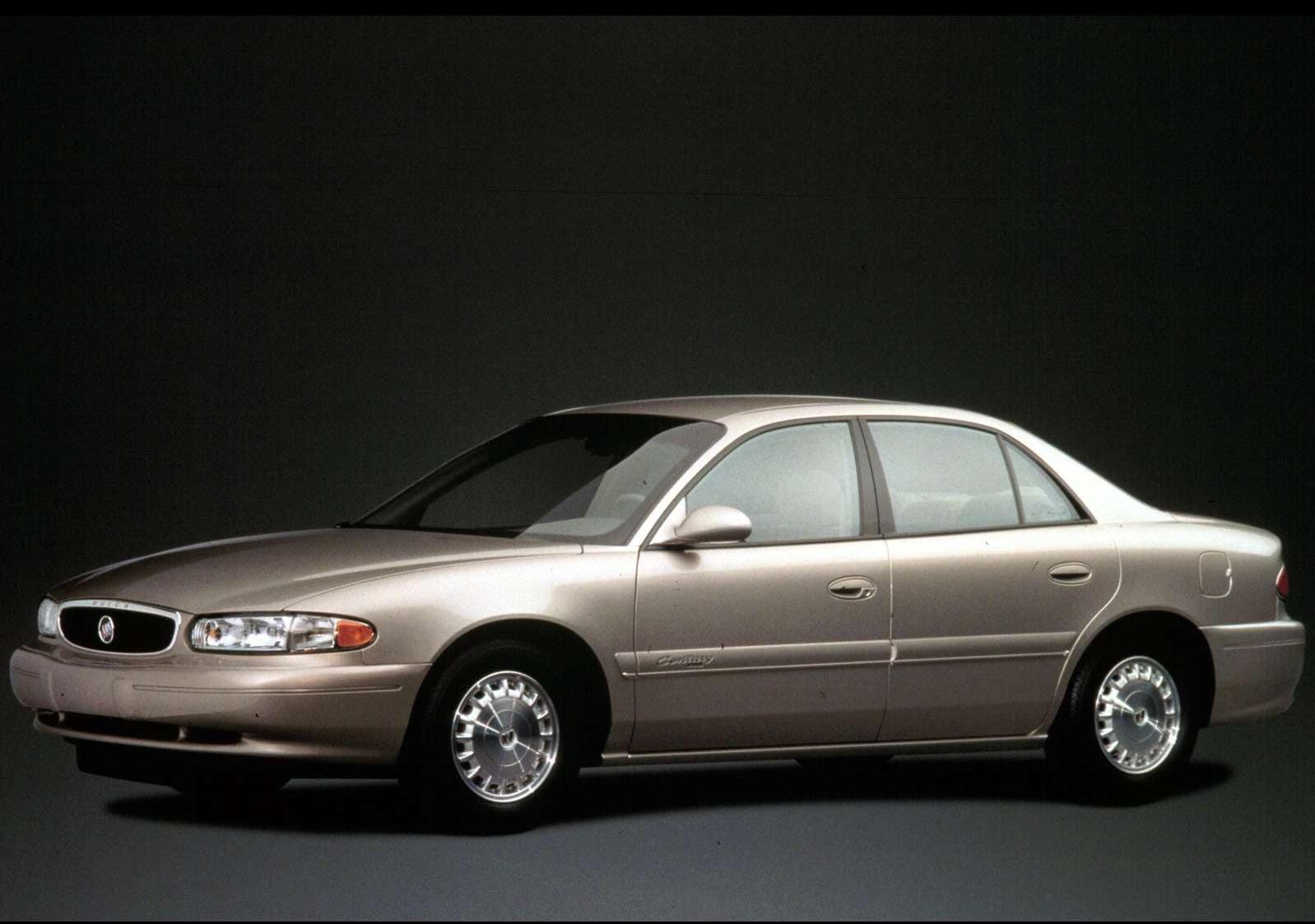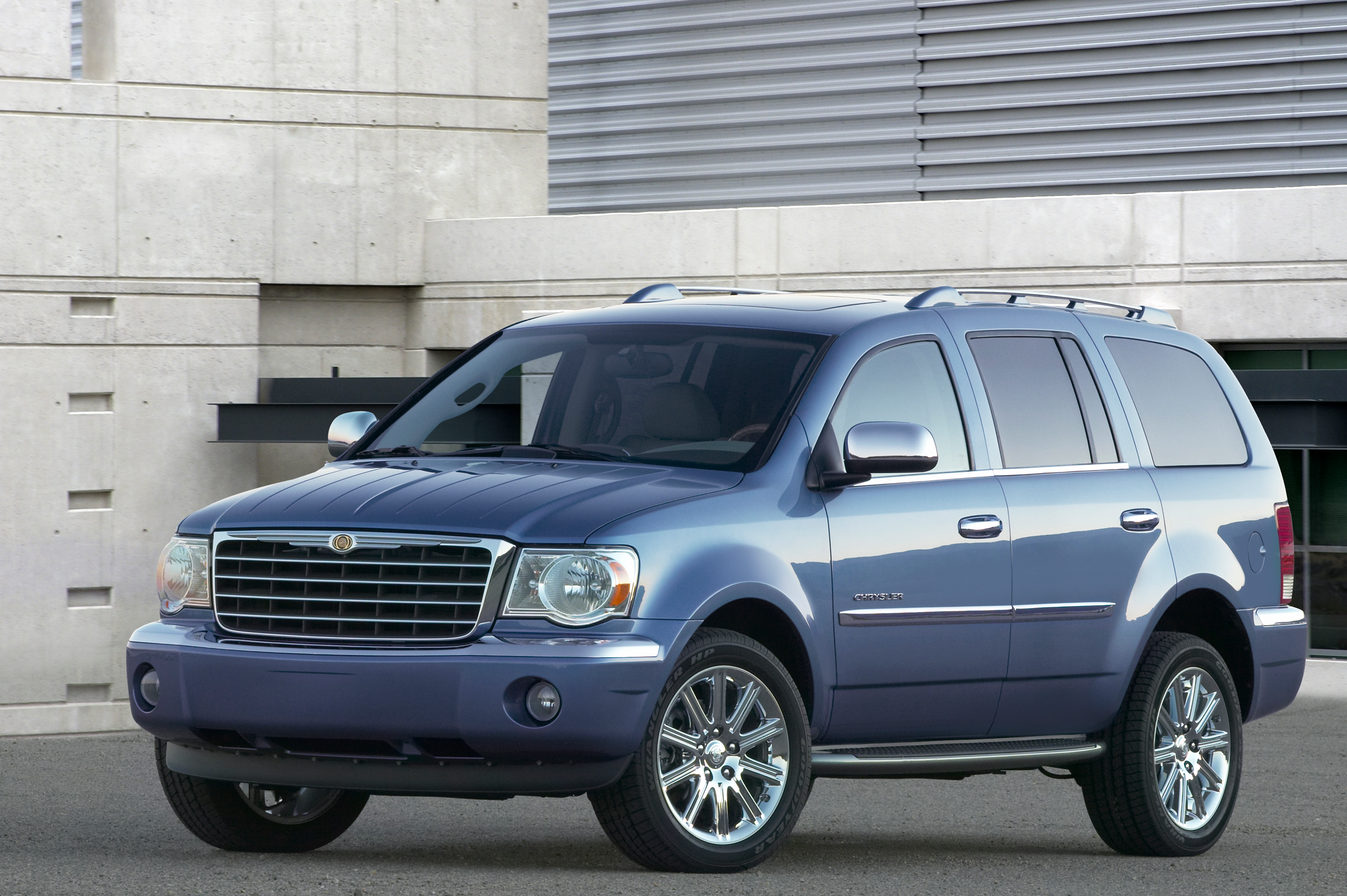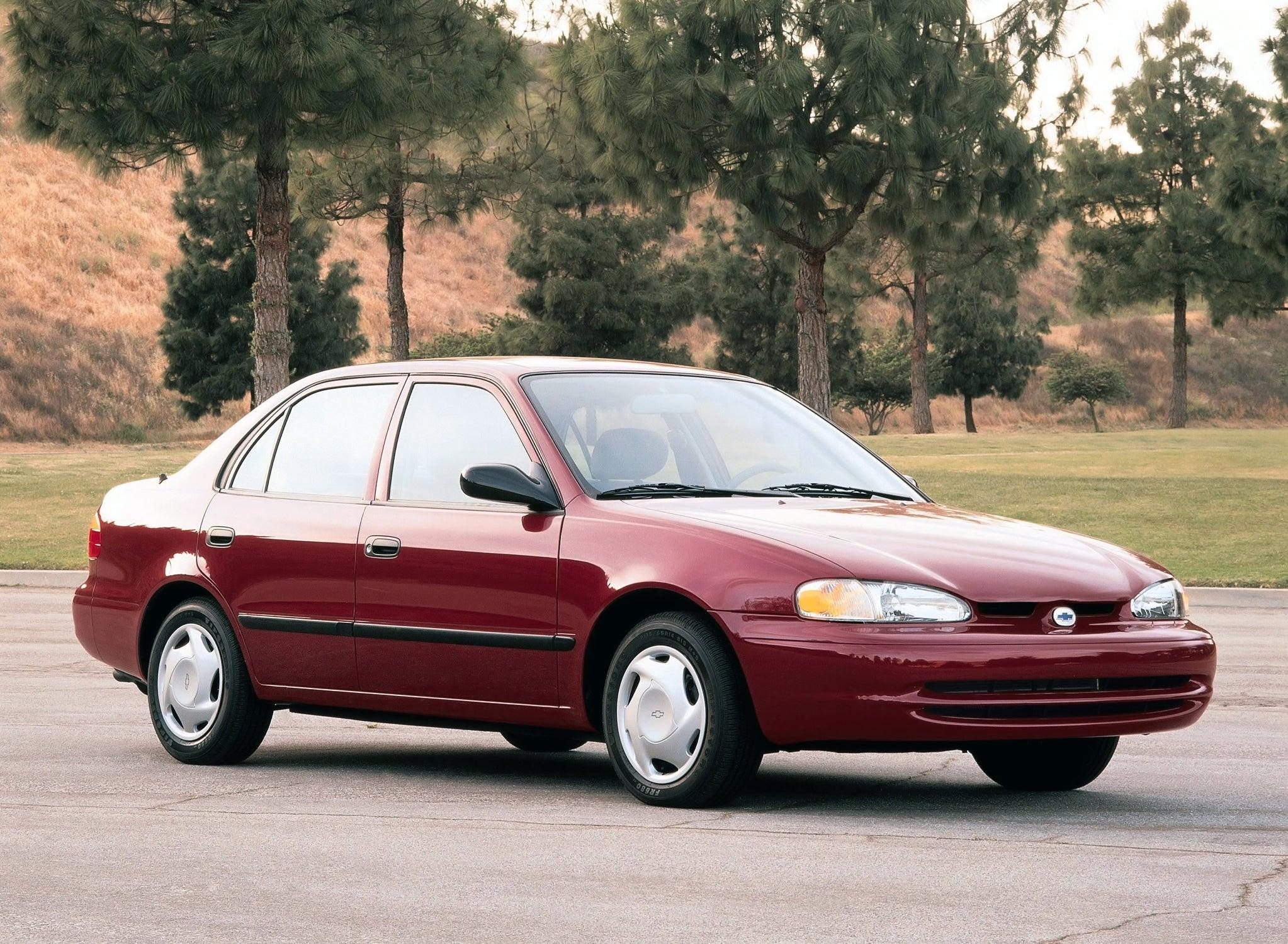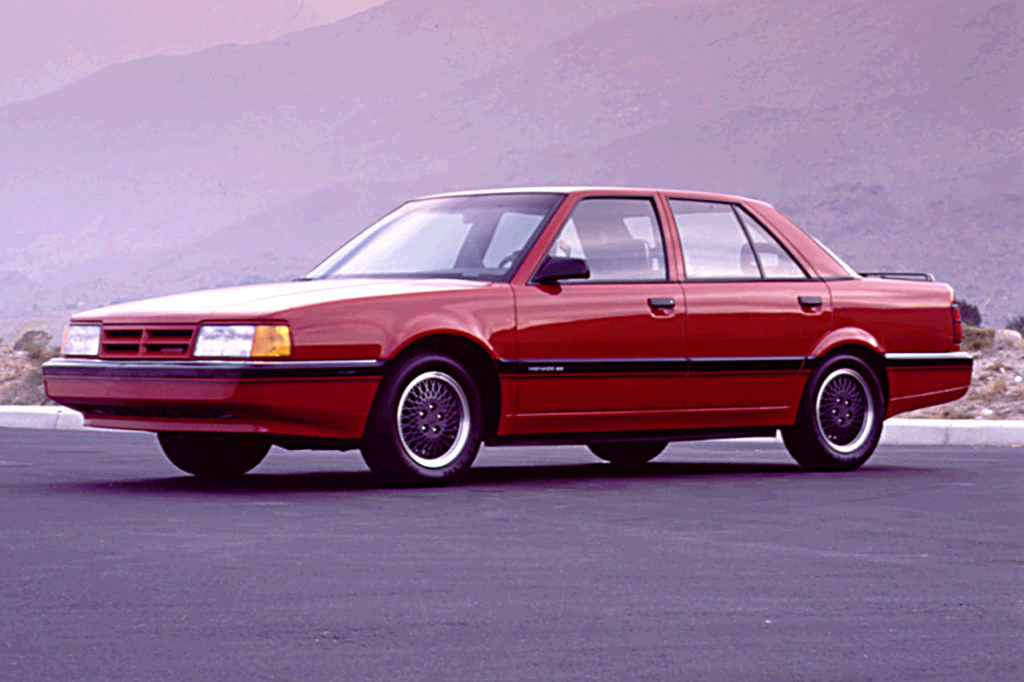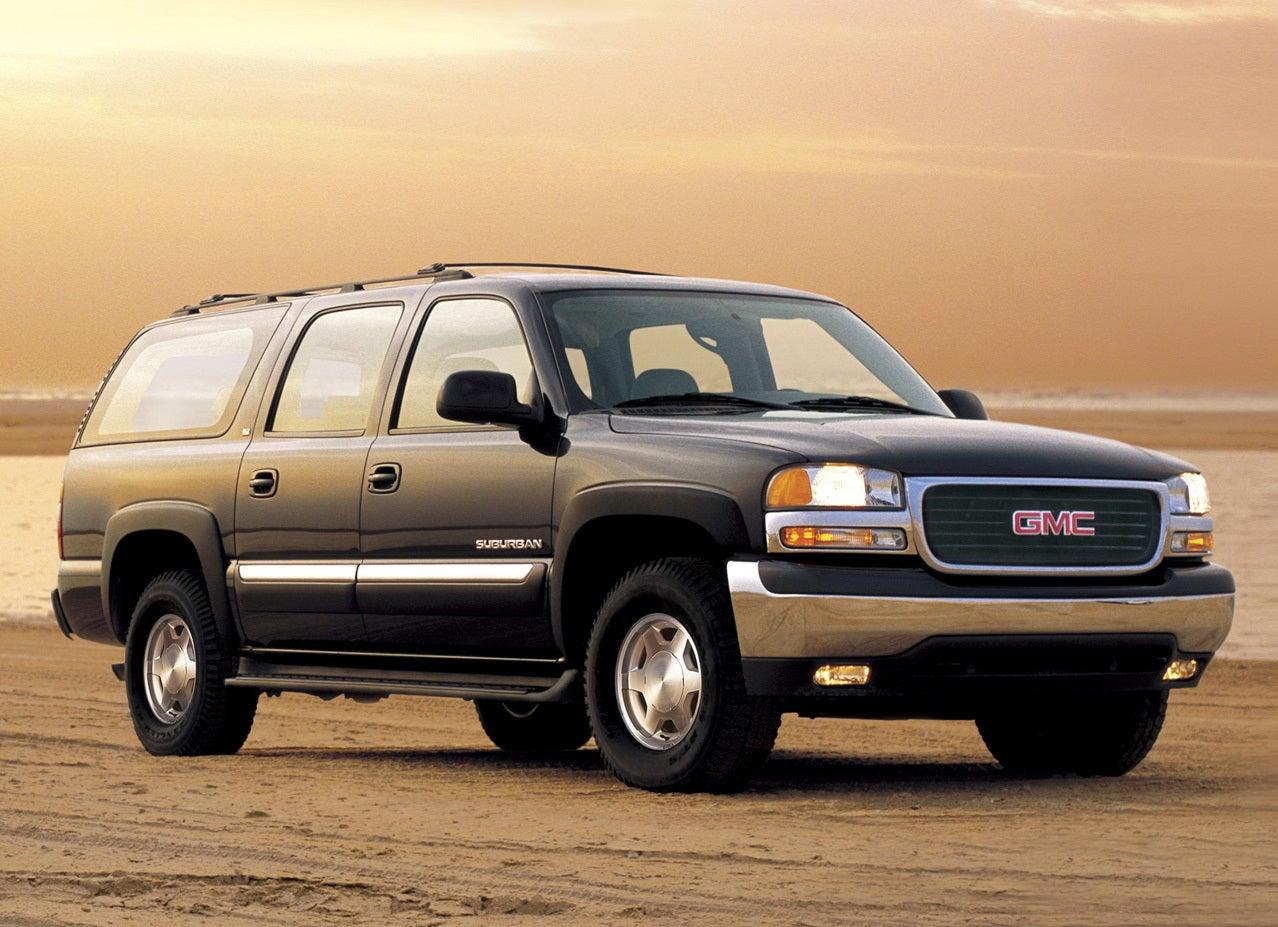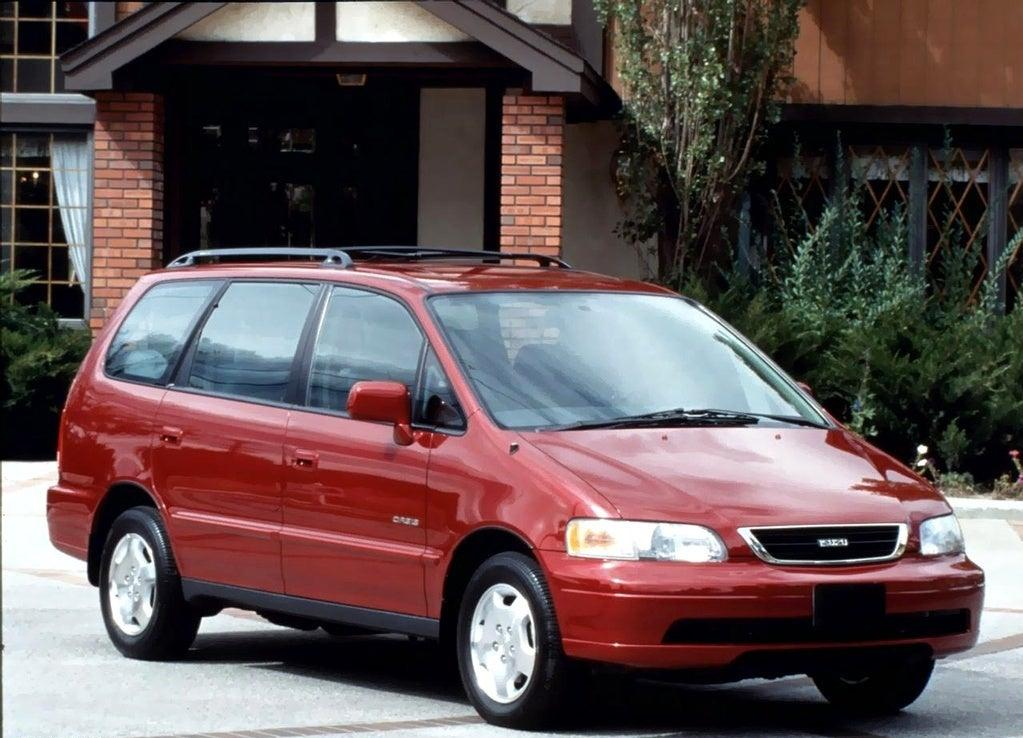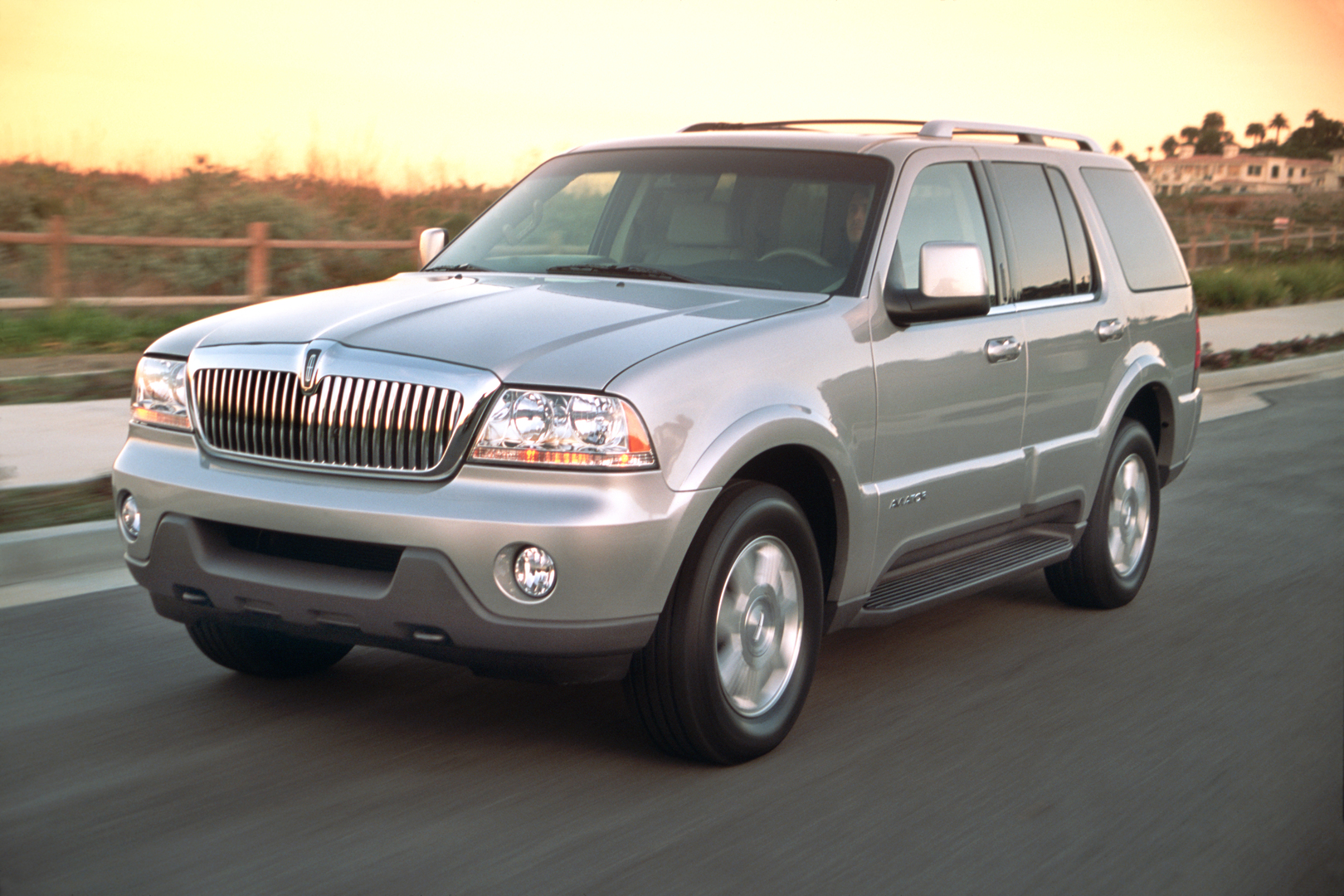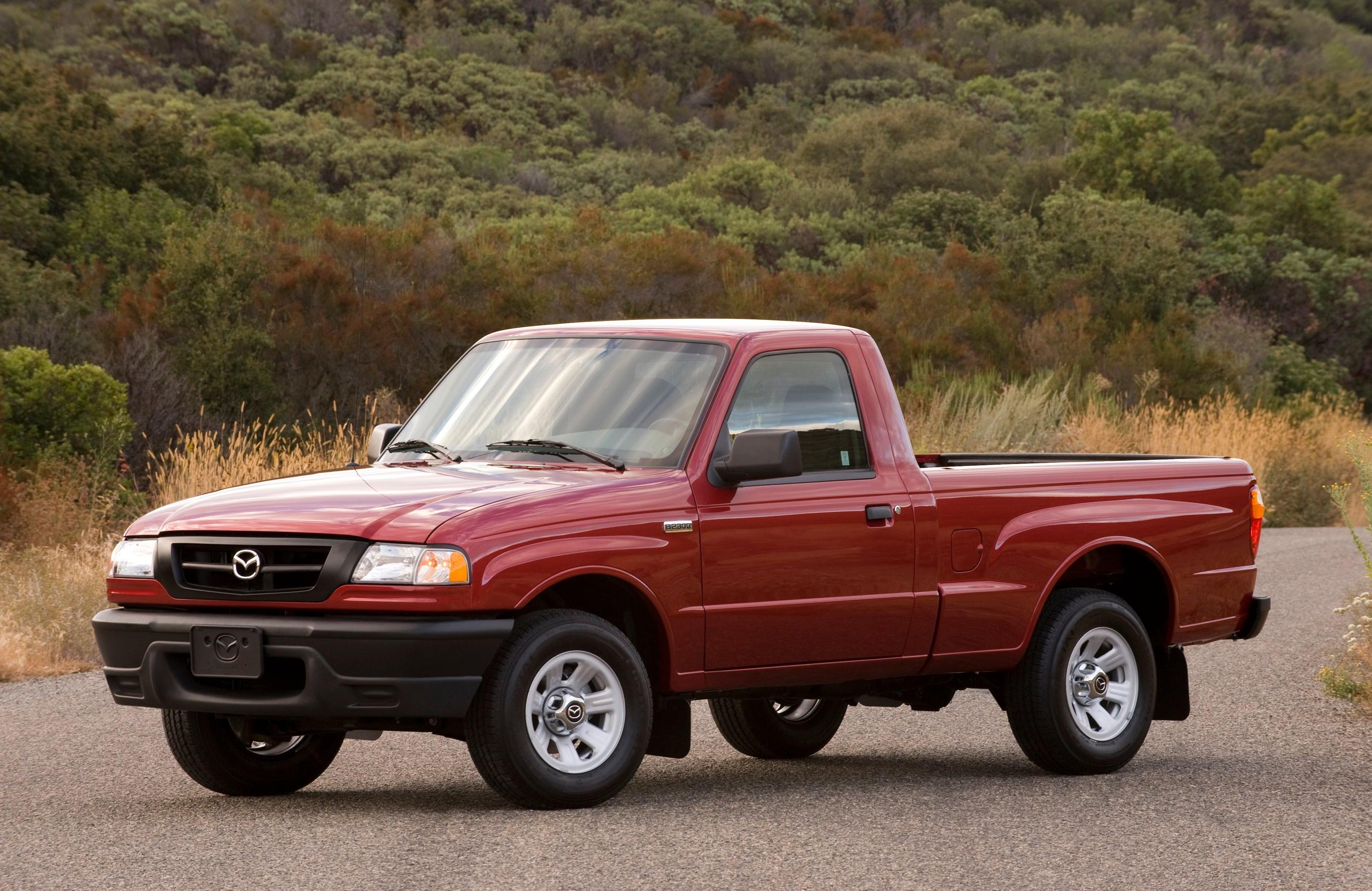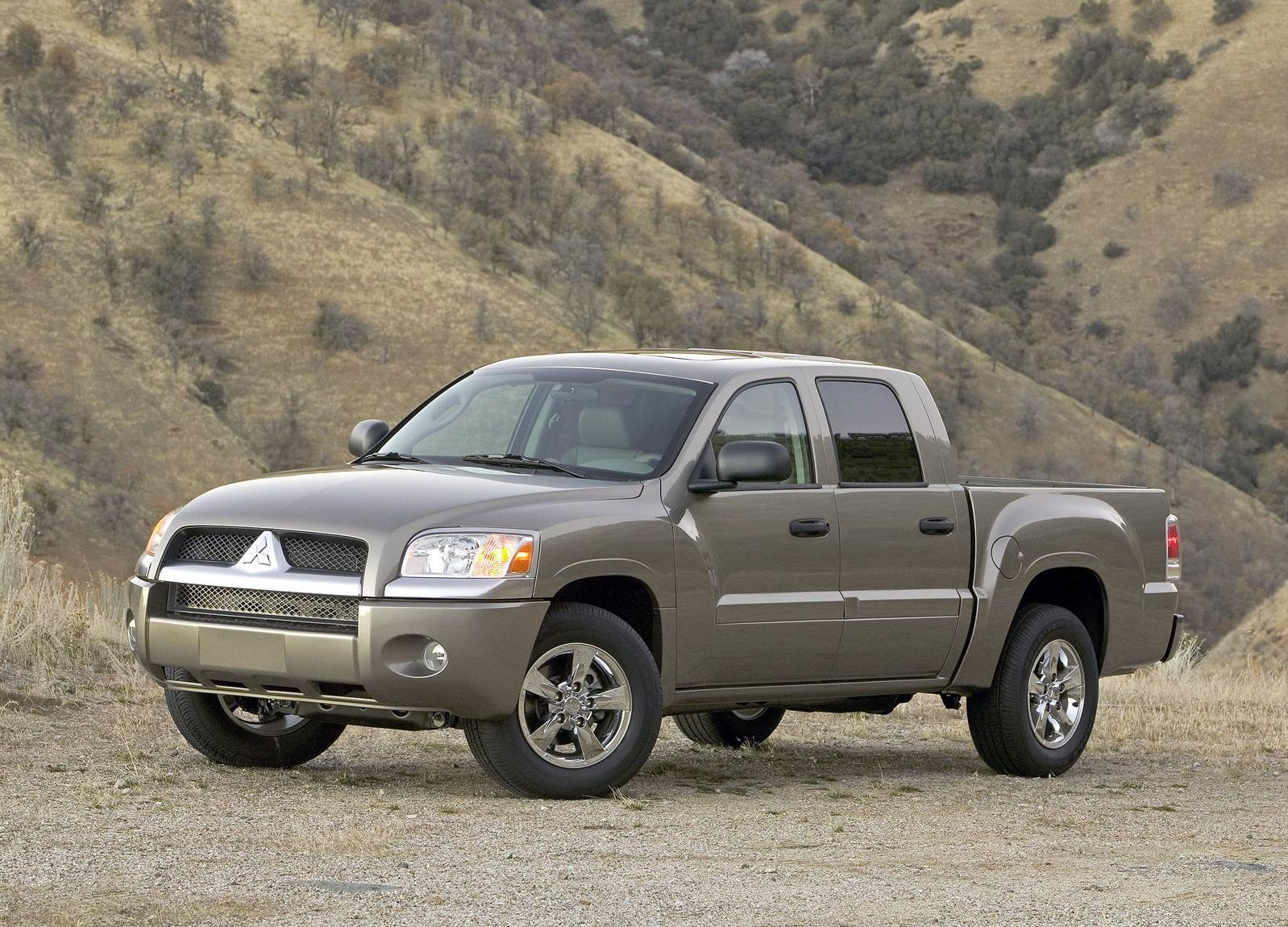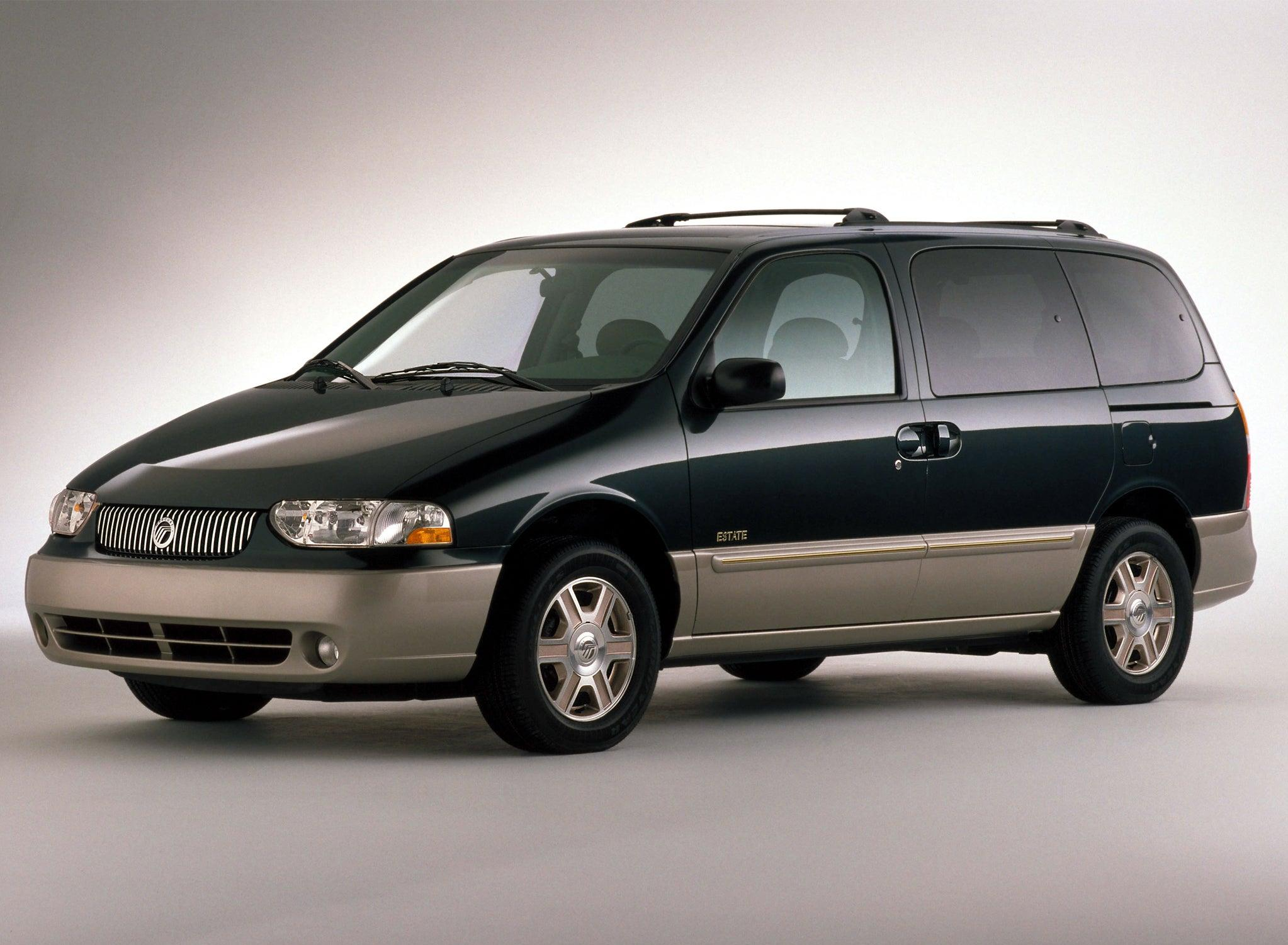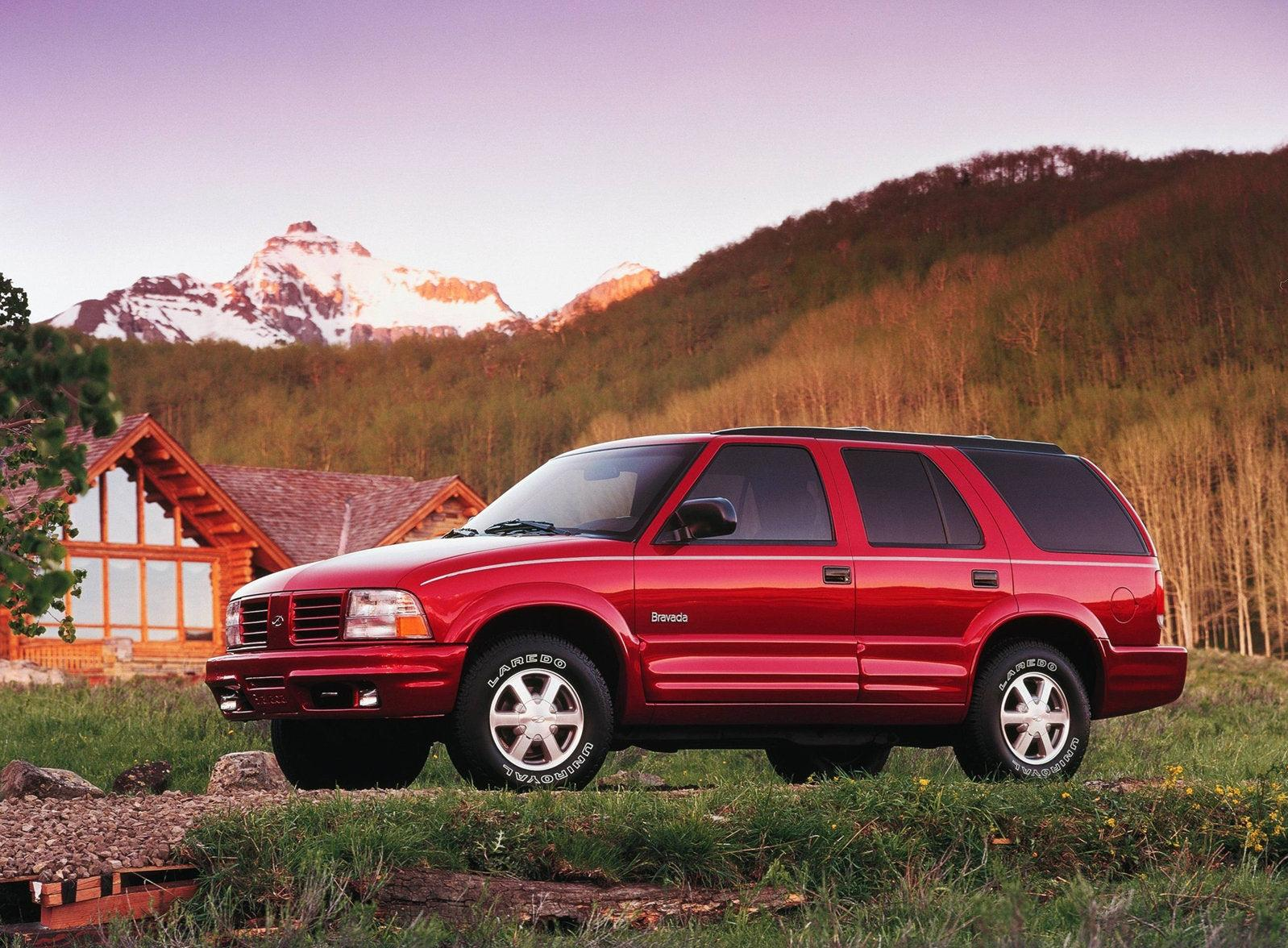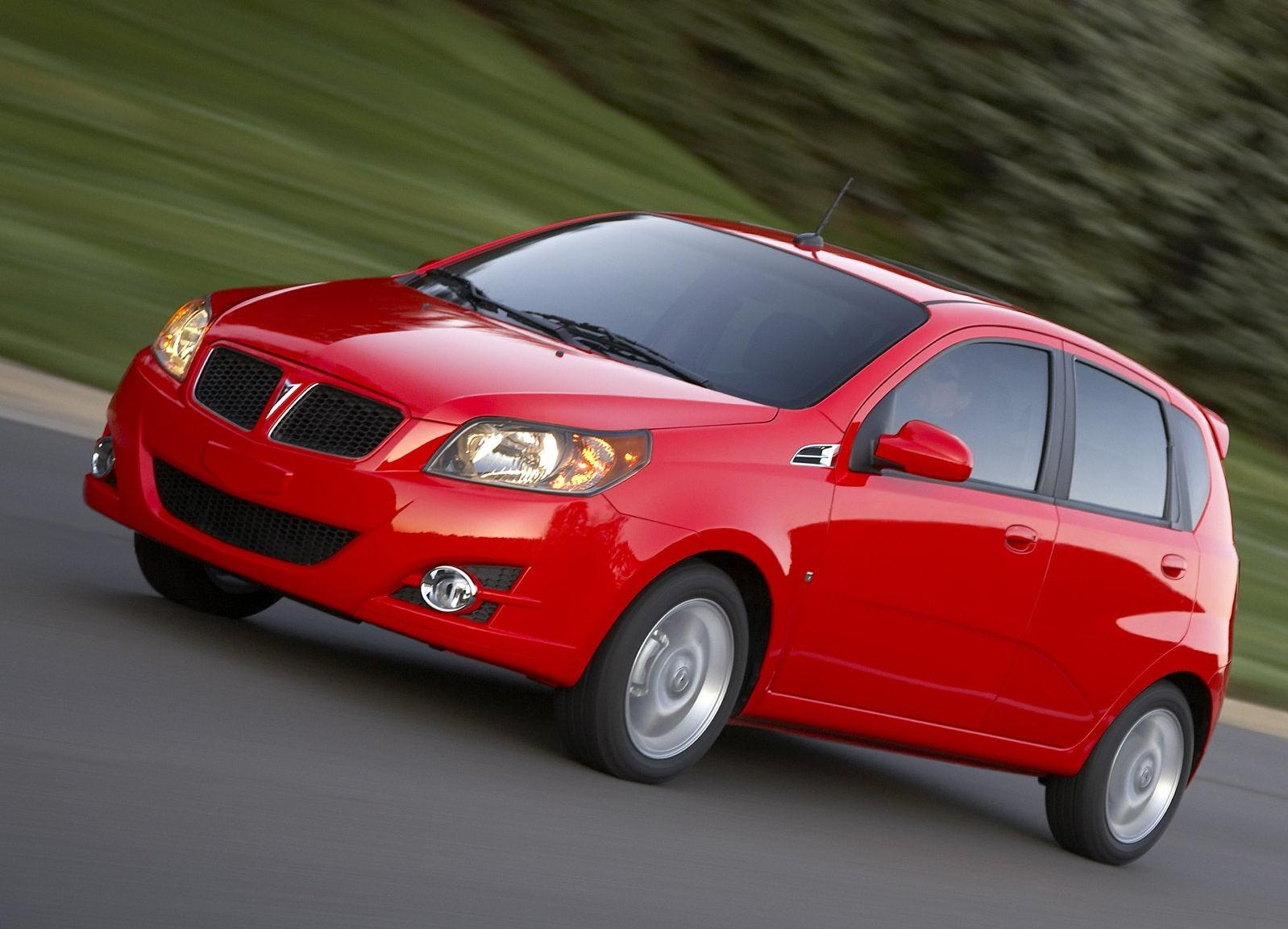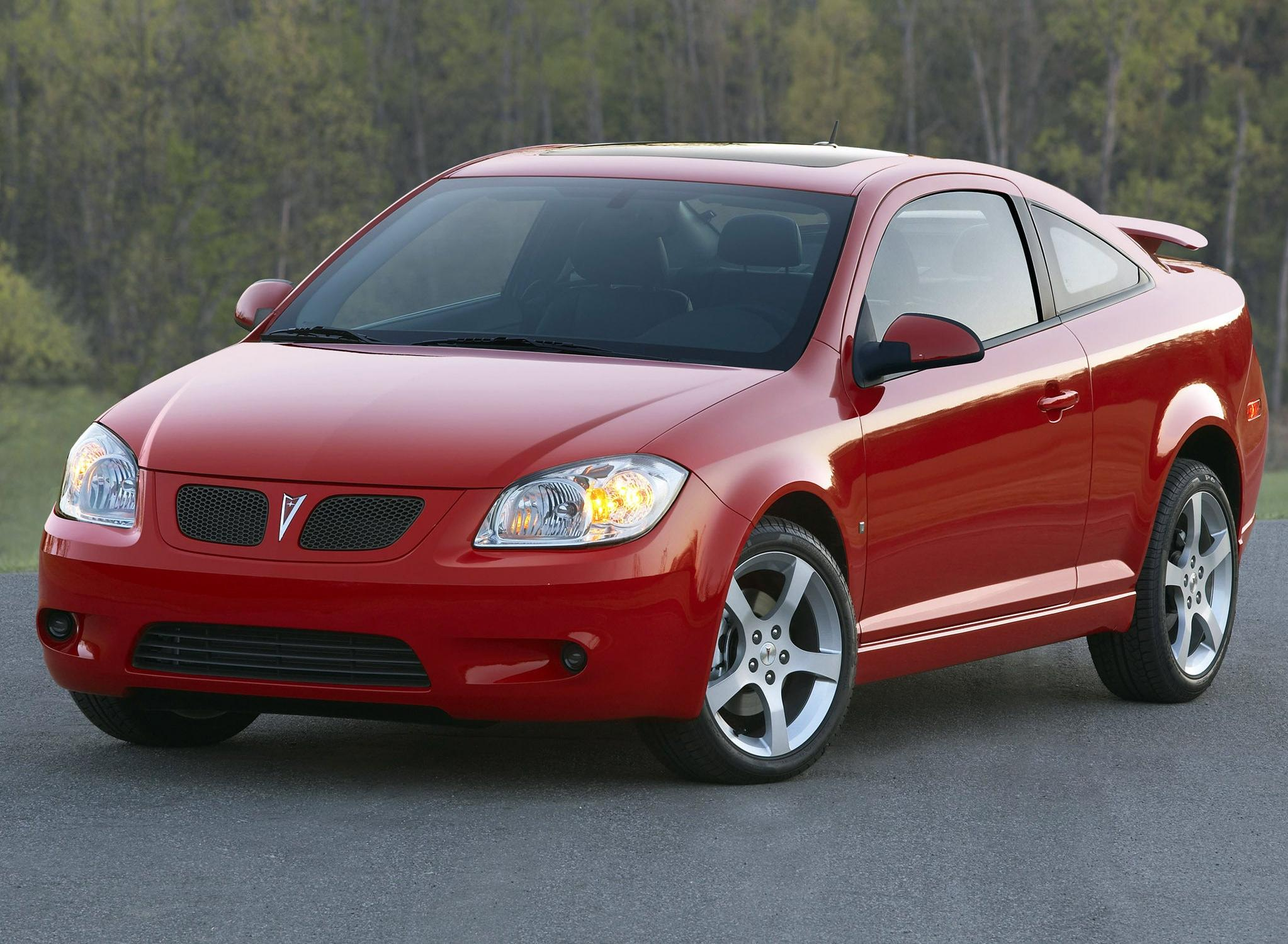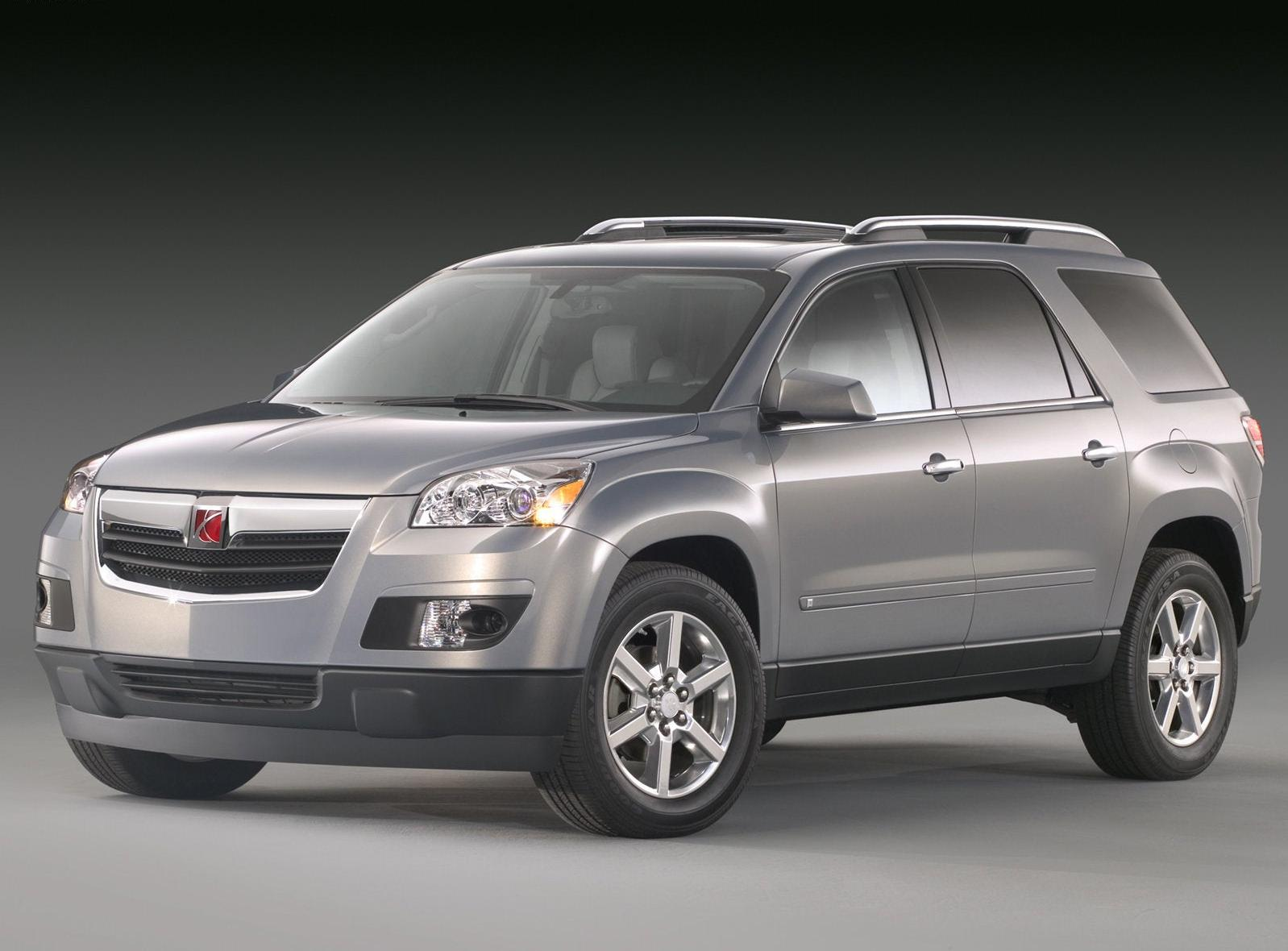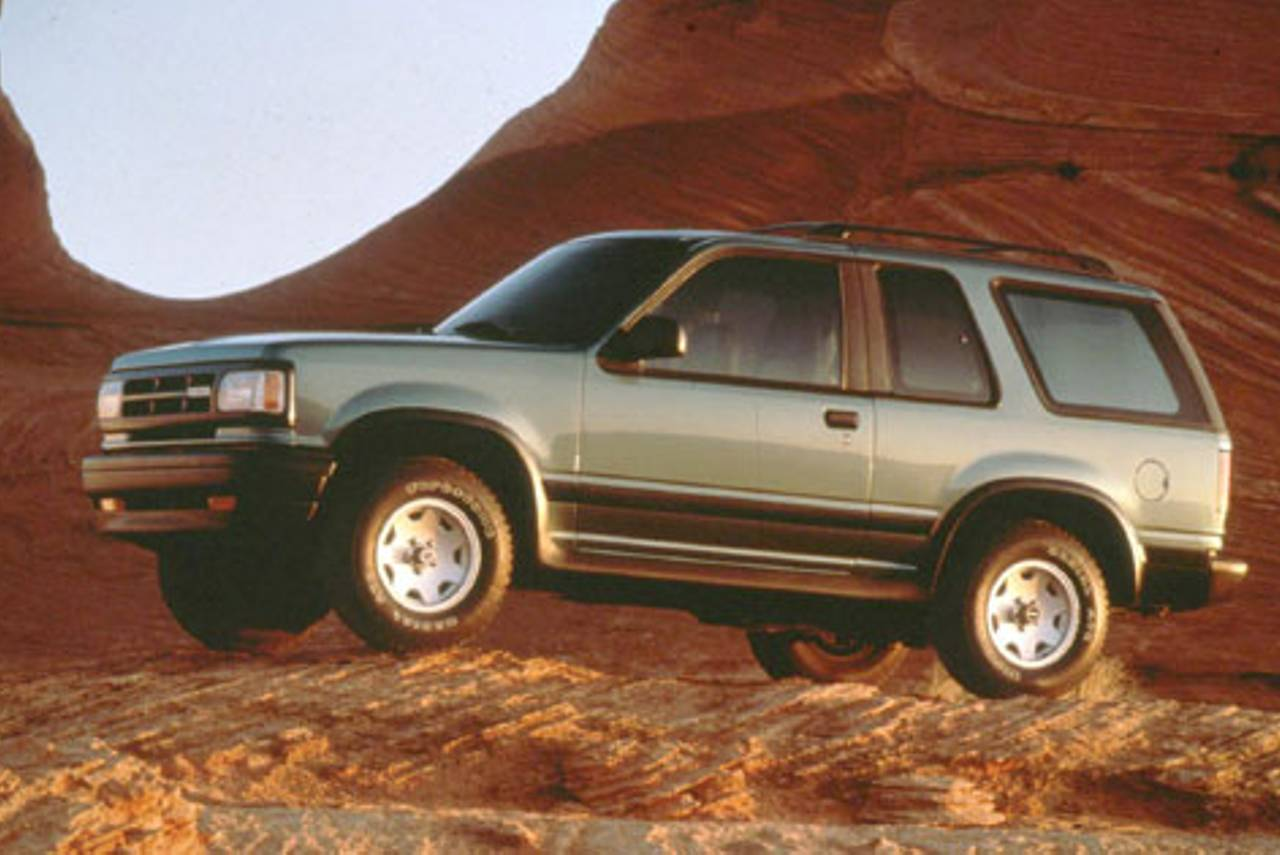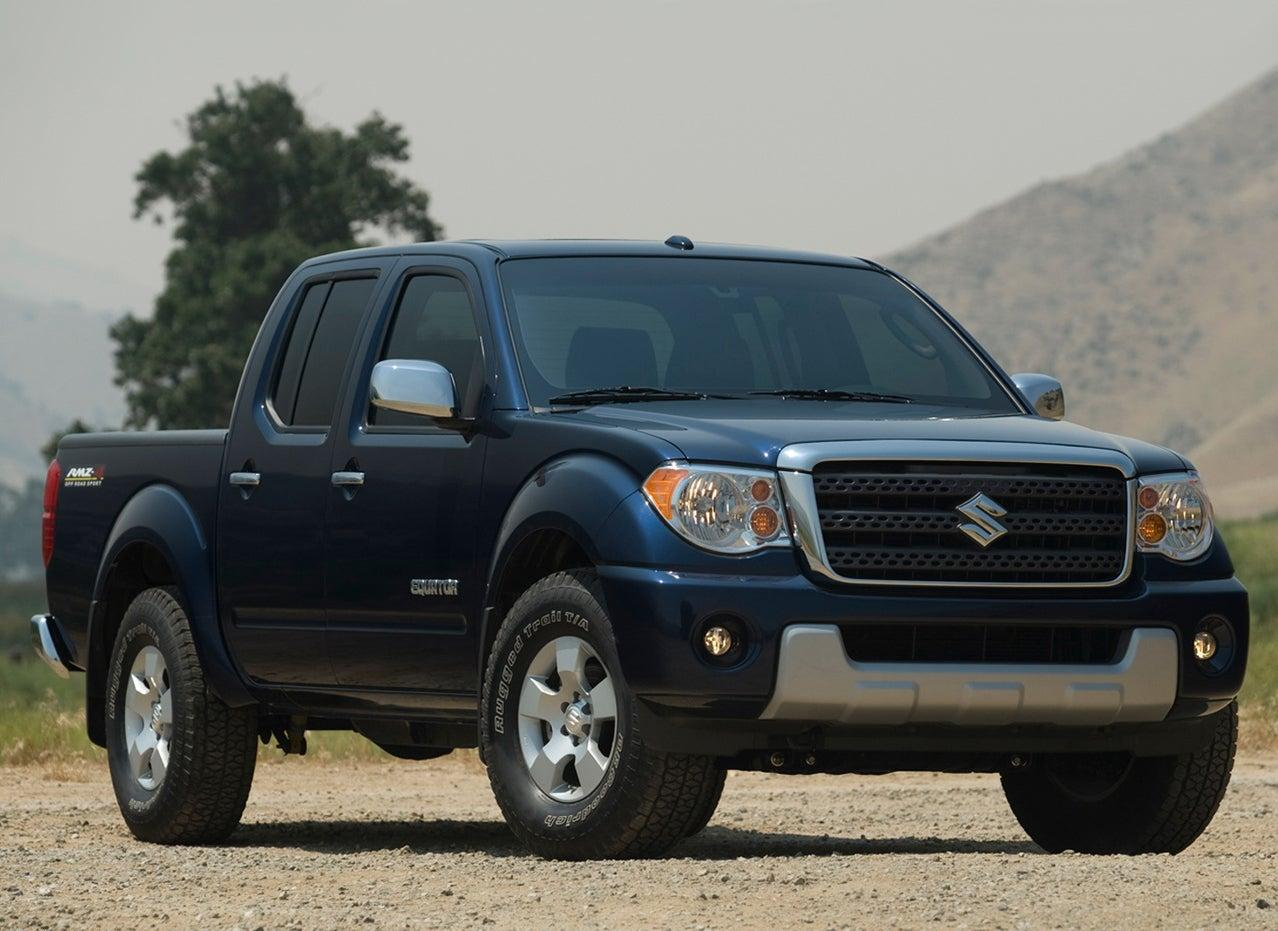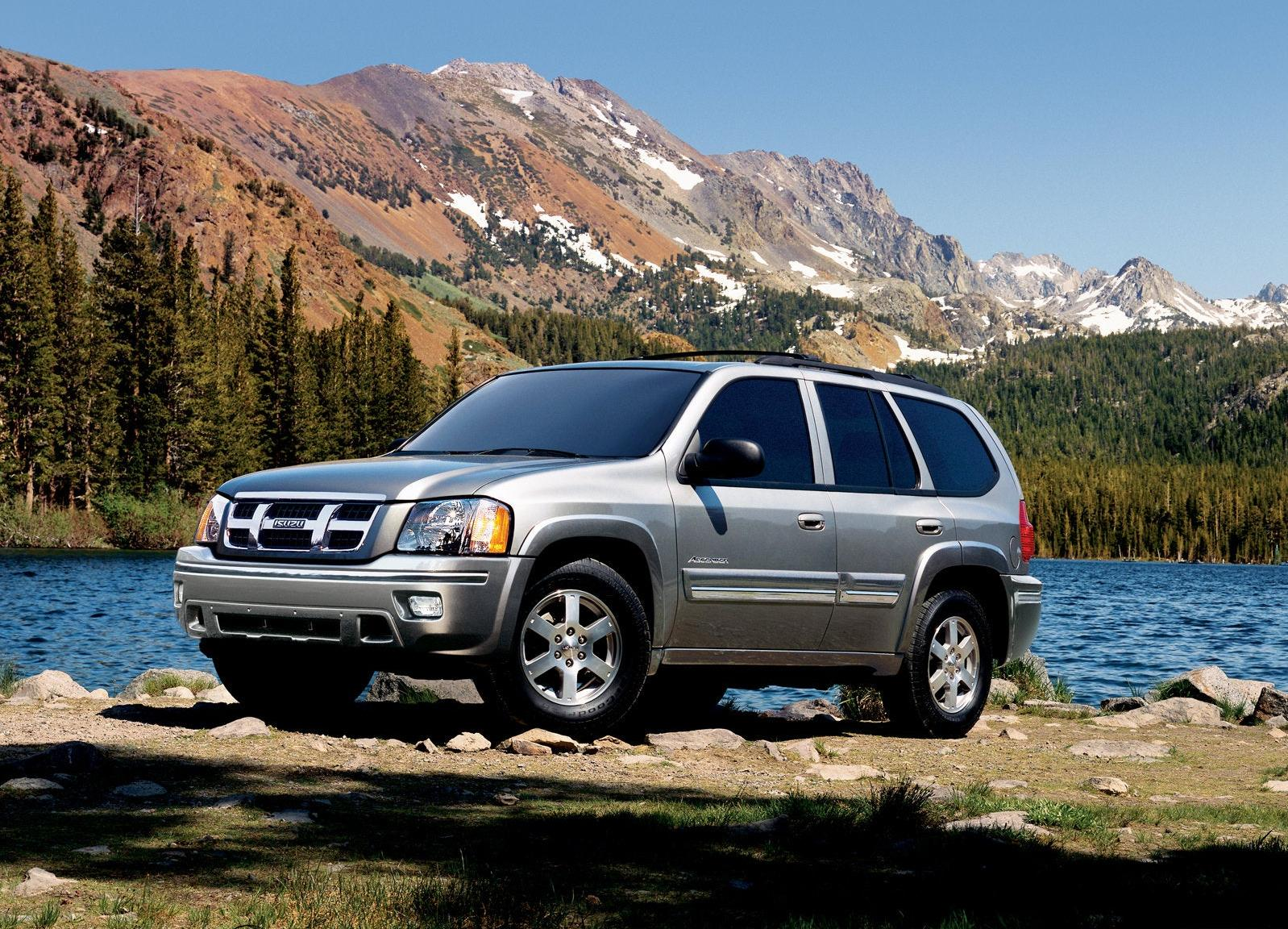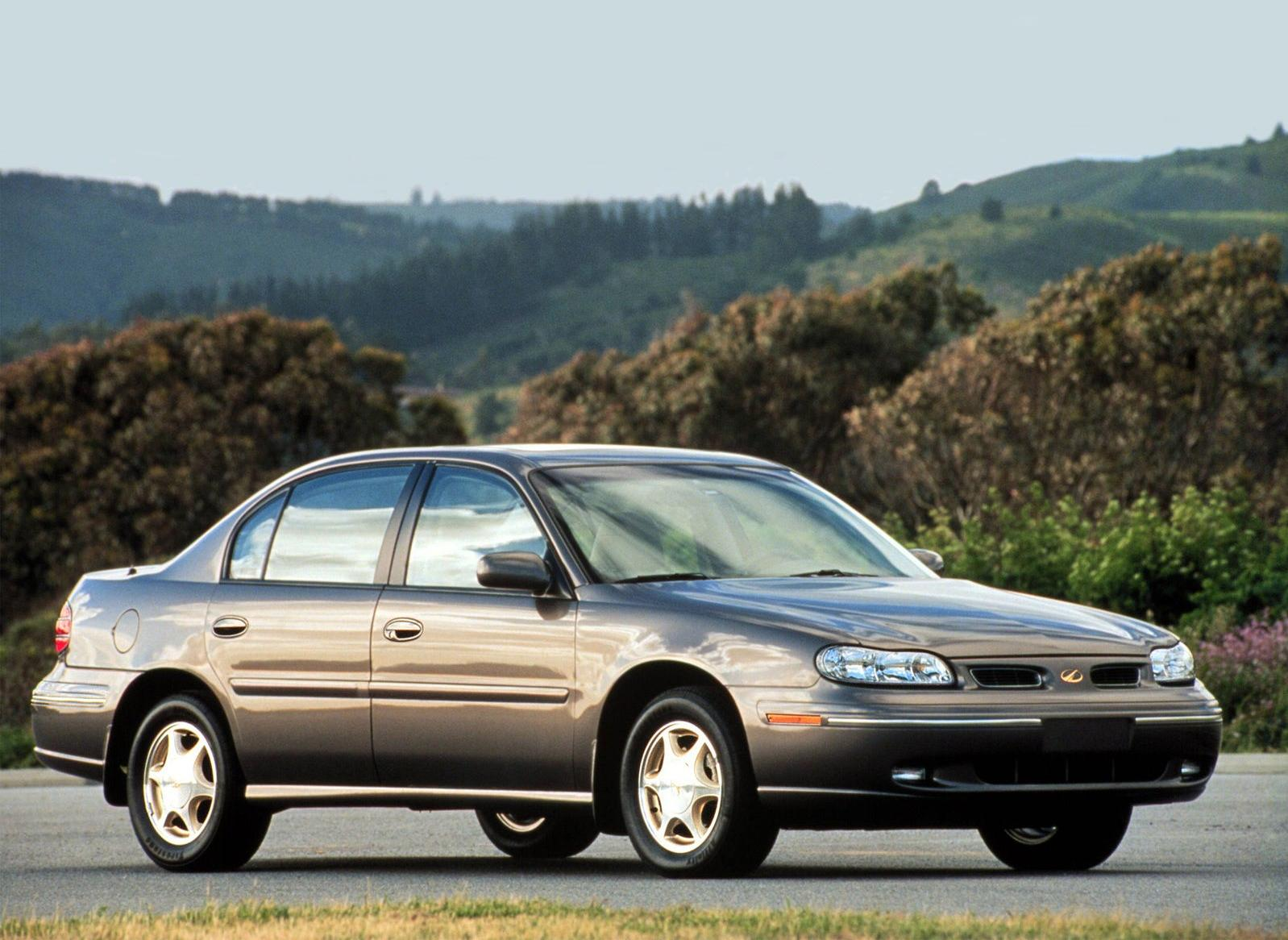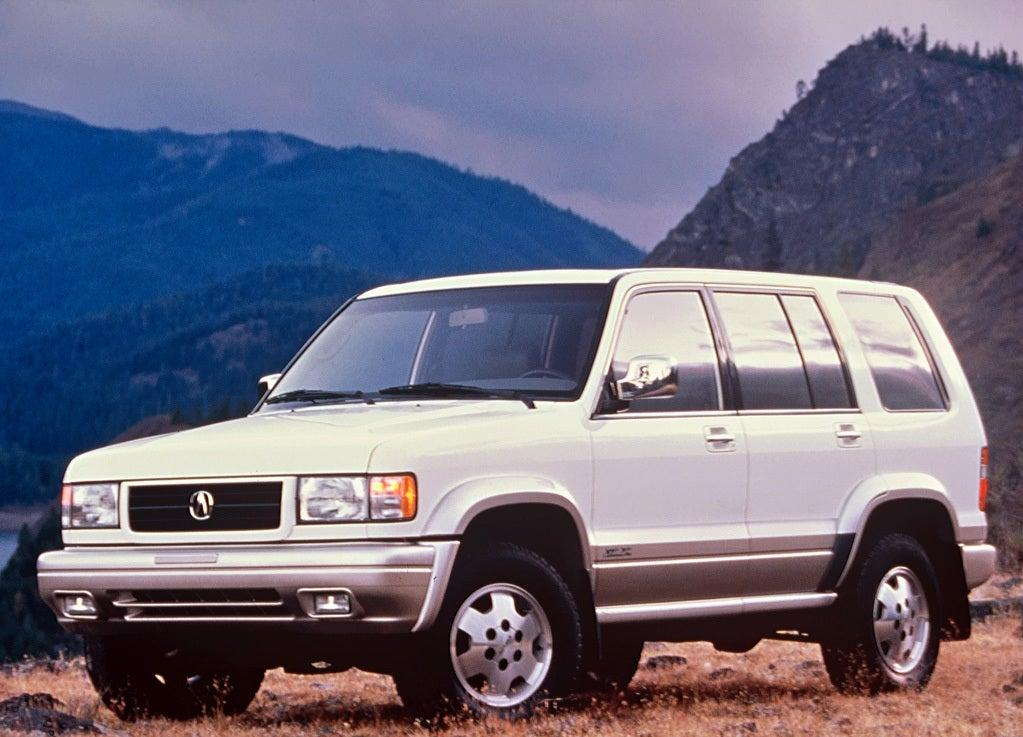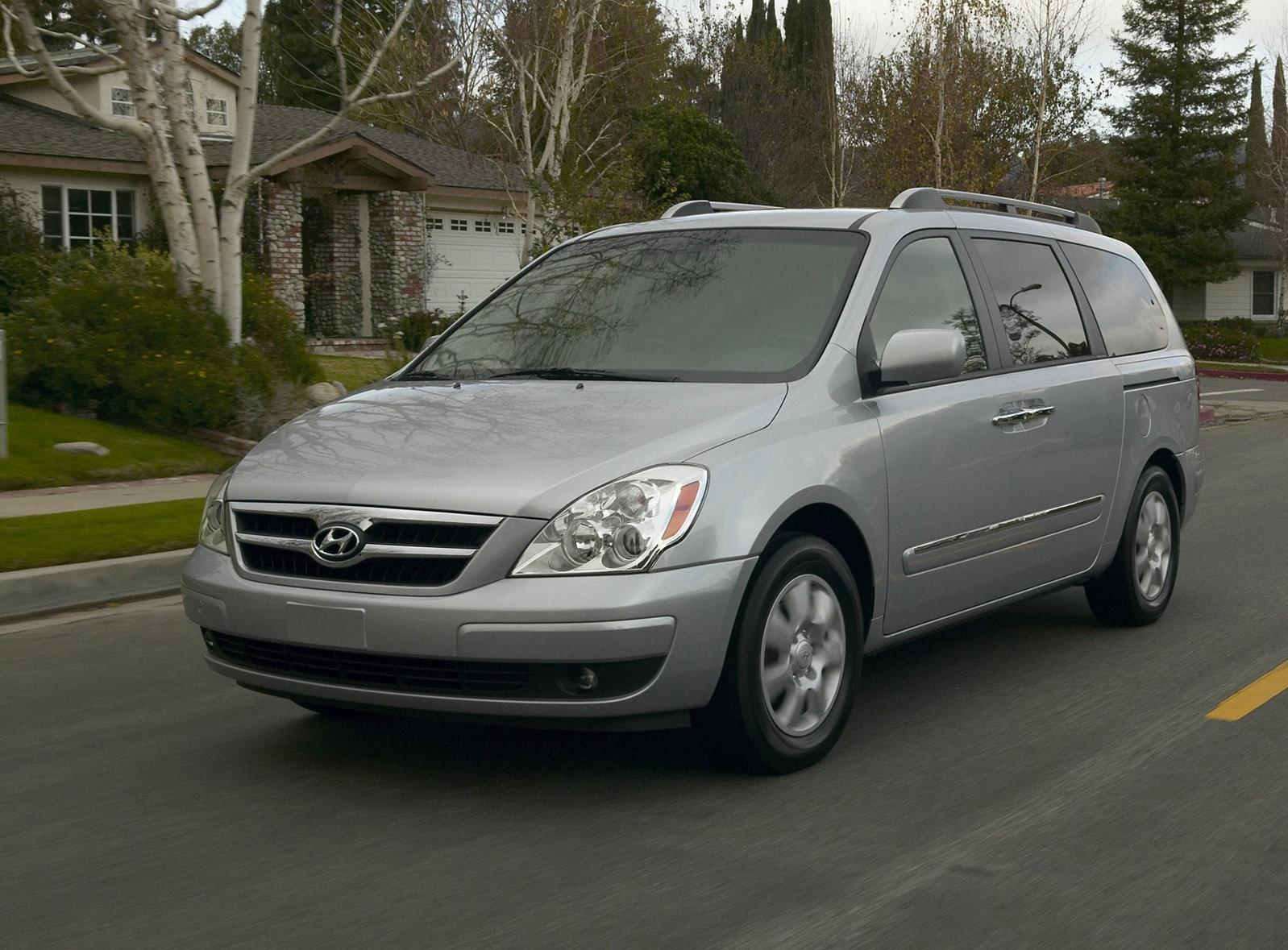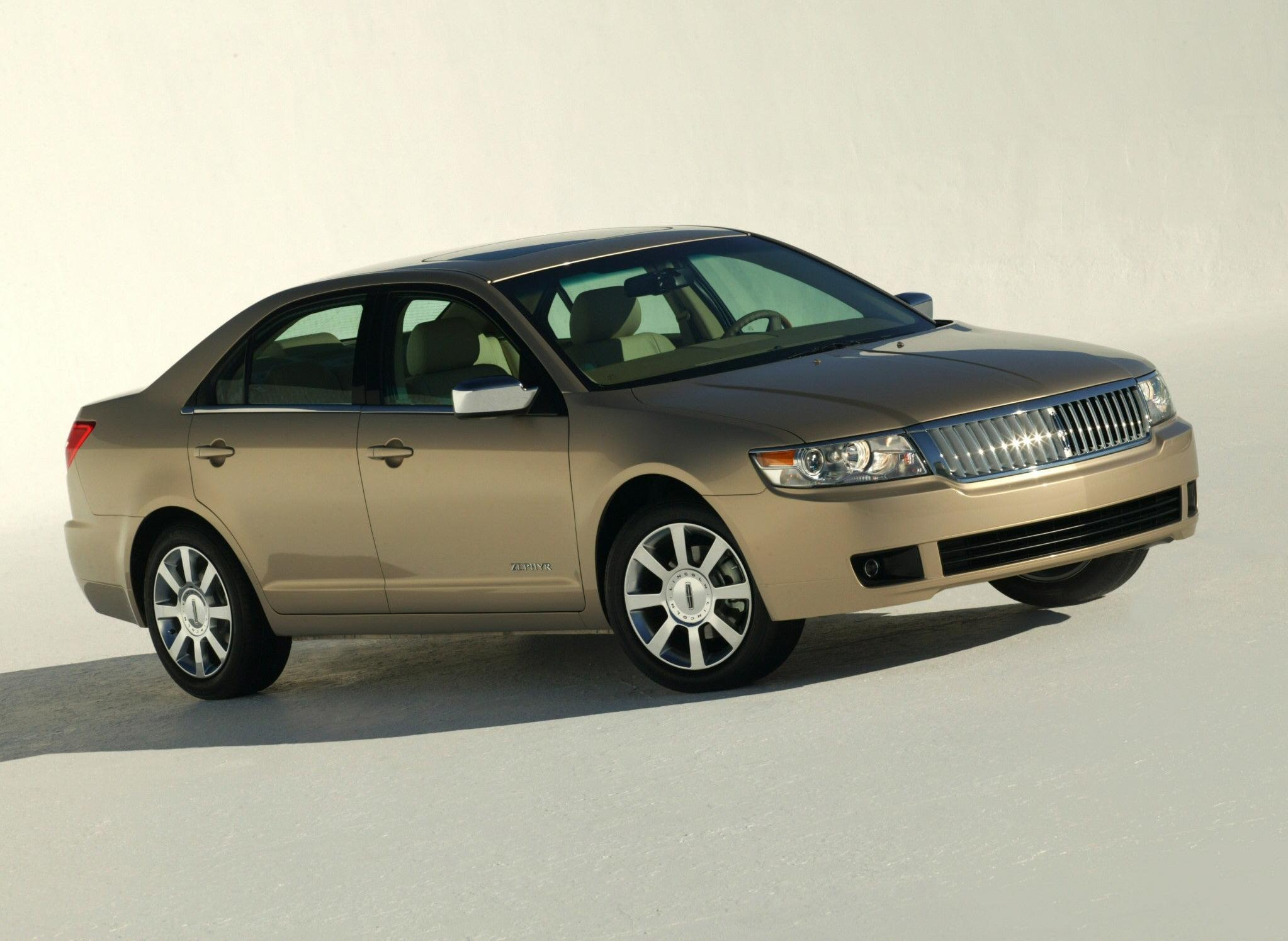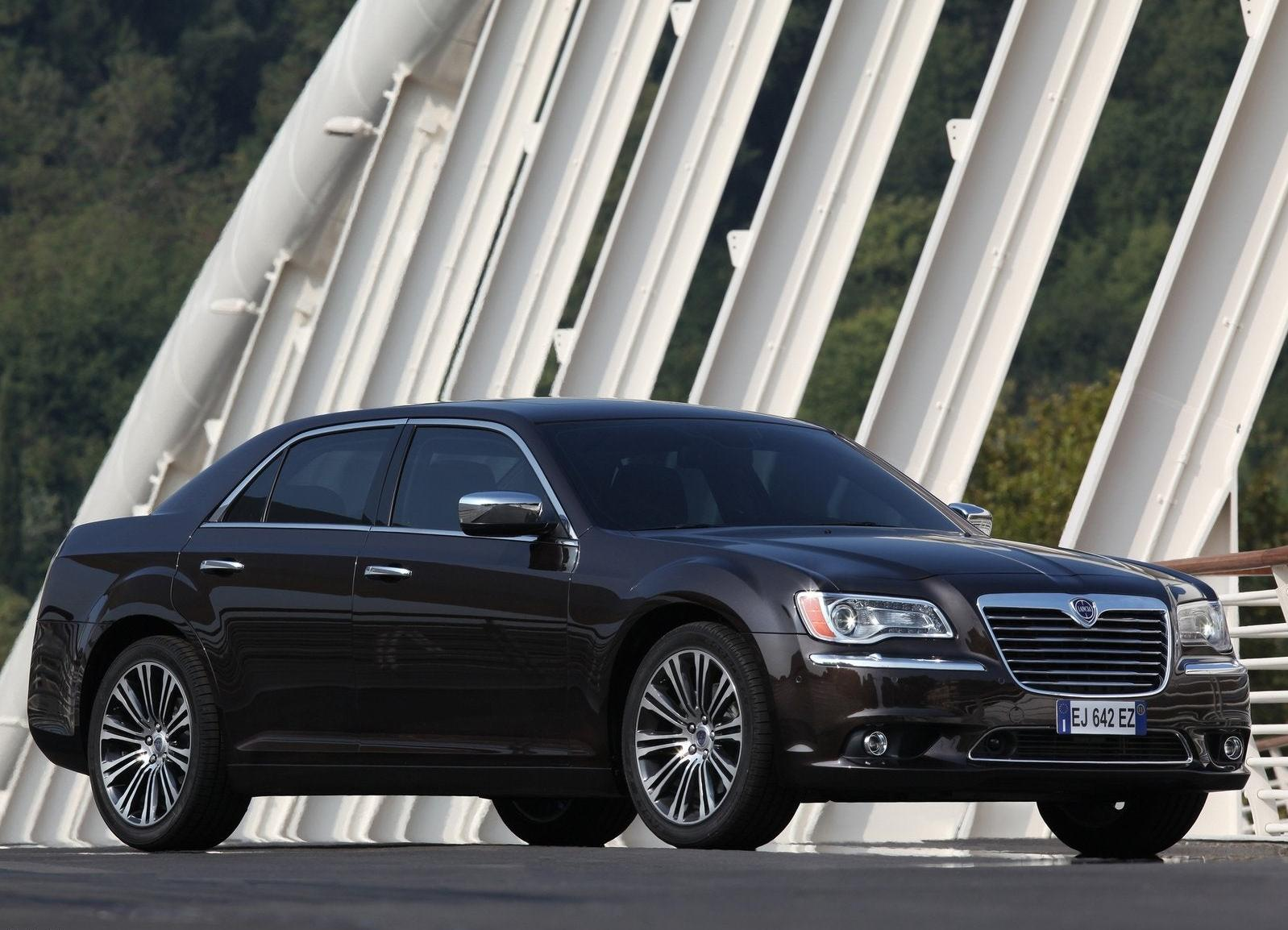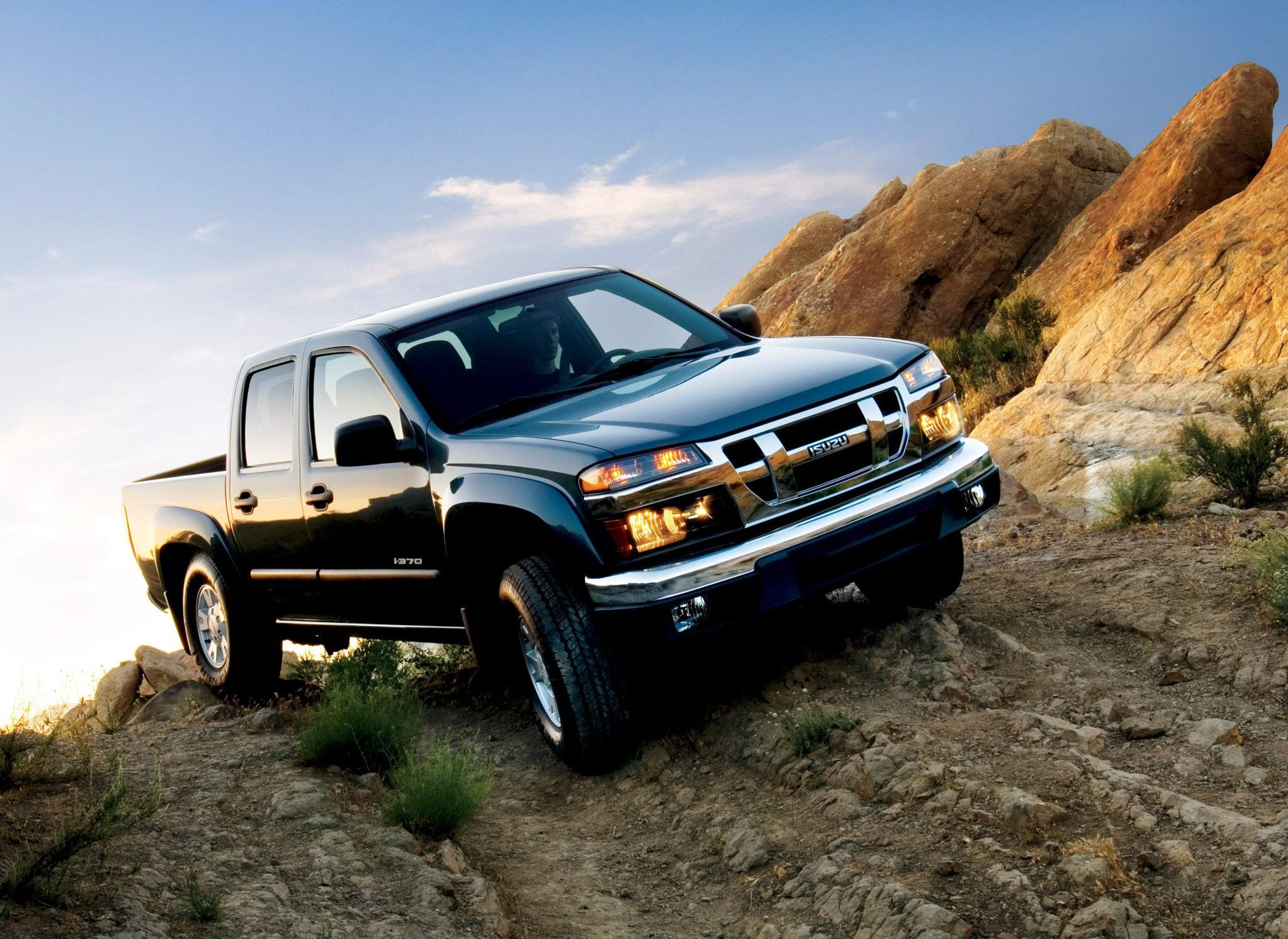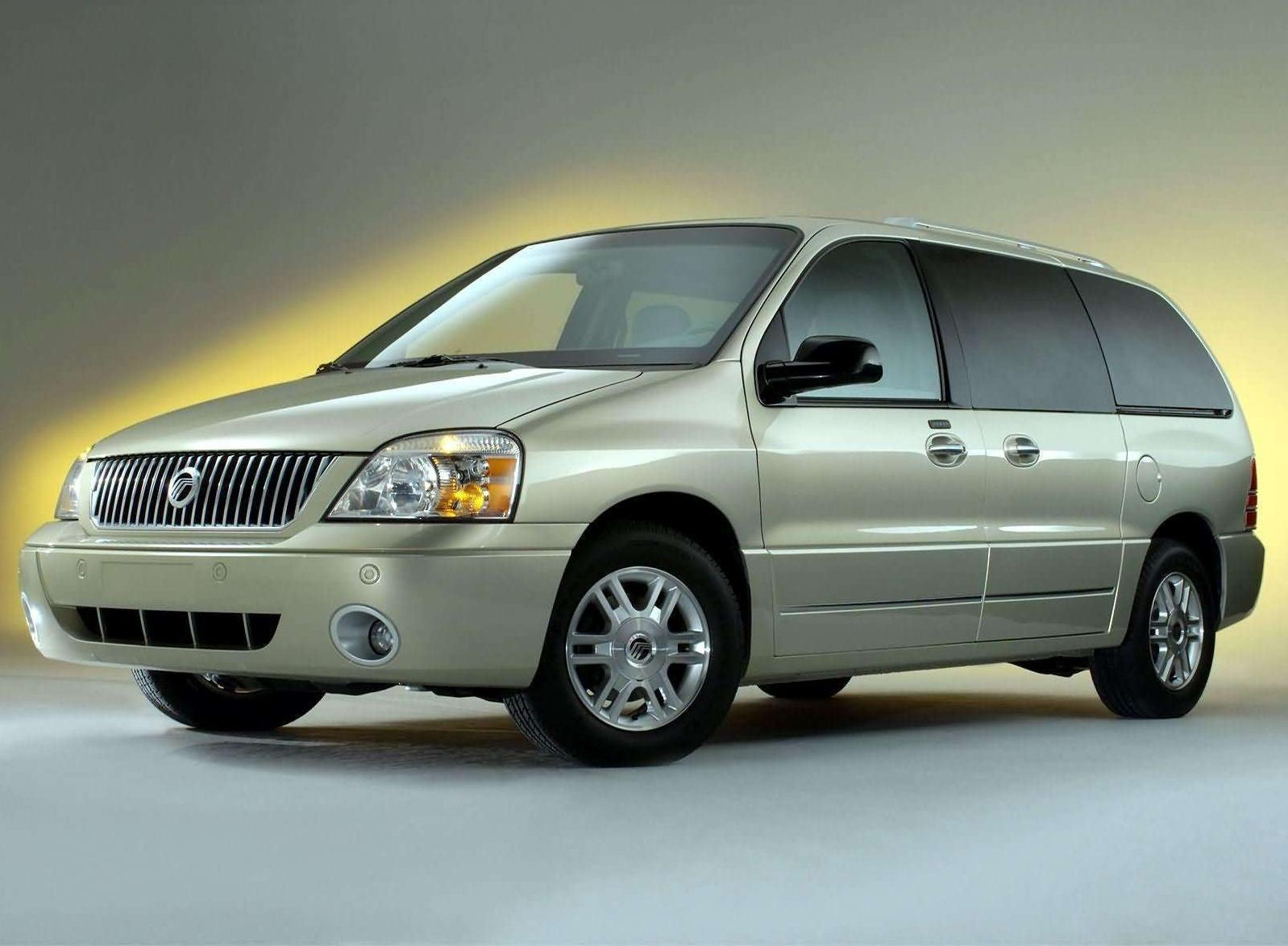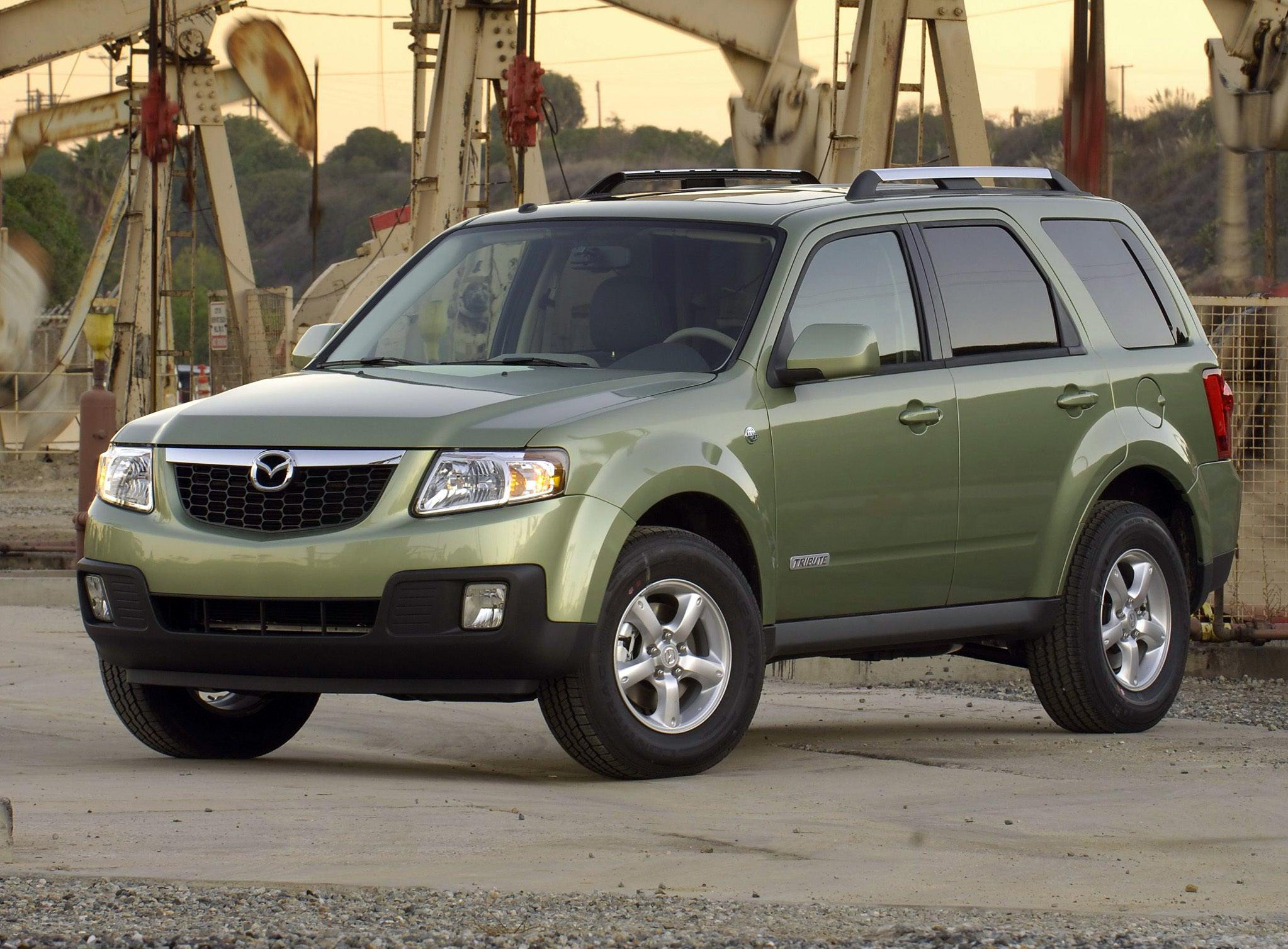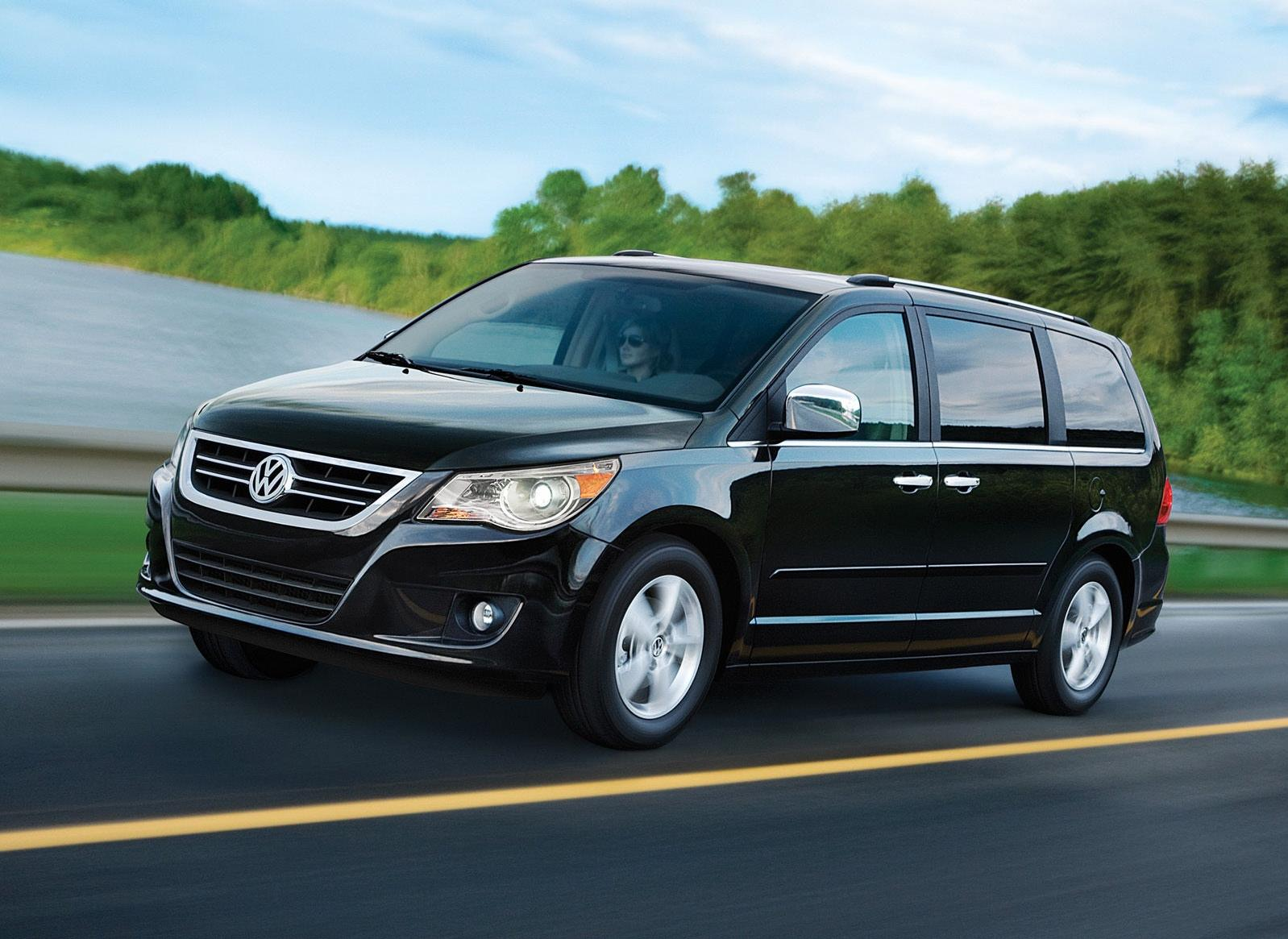12 (More) Rebadged Cars You Probably Forgot Existed
You guys gave me some good suggestions so I updated the list with more cars.
Rebadging of vehicles has always been an easy way for major automakers to make money. And while they've gotten better at it, in the years past things were more... shall we say... blatant. Alright, let's just call it what it is: They didn't even try. Models were virtually identical save for some lights, grille or trim pieces.
Many of those models went on to be forgotten and relegated to automotive history because they just weren't good. Or were flat out boring. These are a few of those forgotten rebadges.
Update: more rebadges have been added so check it out!
Buick Century
Imagine being an auto executive in the late '90s/early 00's and you give the go-ahead to rebadge an existing model in your own lineup. That's what happened with the sixth generation Buick Century. Redesigned for 1997, it was essentially a plain, less powerful Regal. You had to squint to tell the difference between them. And even then it was subtle. Buick pitted the Century against cars like the Ford Taurus and Toyota Camry at the prime spot of the market: boring, affordable, and fairly reliable family sedans. And Buick sold a ton of them.
Chrysler Aspen
Chrysler took its first foray into the SUV arena (the first generation Pacifica was a crossover) with the Aspen. Based on the third generation Dodge Durango, that's exactly what it was, just with nice trimmings and slightly different headlights. They had the same interiors, same dash layout, and same engine choices. The Aspen, like its Durango sibling also briefly came with a hybrid option that's so rare, its probably one of the rarest vehicles Chrysler ever made. Sales sucked so bad it was discontinued after just one year on the market.
Geo/Chevy Prizm
At first glance, you'd think you were staring at an eighth-generation Toyota Corolla. And you'd be right. At least until you squint and see the small blue Chevy bowtie on the front.
The Prizm was the result of the partnership between Toyota and GM which resulted in the NUMMI manufacturing facility in California, It was built there alongside the Corolla. But it's not like there was much to do to change it into a Prizm as it was identical to a Corolla.
The Prizm started out as a Geo. But when the brand was phased out in 1997, it became a Chevy. This proved to be a disastrous move for the model as the Geo brand sold better than Chevy. The Prizm was discontinued in 2002 after GM realized it was competing with itself and the slightly larger Cavalier.
Dodge Monaco
Another example of a rebadge of a rebadge. Monaco was a long-running Dodge nameplate that ended its run as a rebadged version of the Eagle Premier, a product of the last days of development under AMC until it was purchased by Chrysler. The Monaco was only on the market from 1990-1992 until it was replaced by the Intrepid.
GMC Suburban
Let's be honest. GMC has always been a brand that has sold rebadges, though they've gotten better at differentiating themselves from their Chevy cousins the last 10-15 years. At one point, GMC wasn't trying for a while and sold Chevys with GMC badges and different names. One model, though, should have come with a note that said "no attempt was made". The GMC Suburban was sold for over 60 years as one of the simplest badge jobs ever. It wasn't until 2000 that the Suburban name was dropped in favor of the Yukon.
Isuzu Oasis
The Oasis was the result of an agreement between the two Japanese automakers to rebadge each other's vehicles. It's how we wound up with vehicles like the Honda Passport (Isuzu Rodeo) and Acura SLX (Isuzu Trooper). The Oasis was based on the first generation Honda Odyssey. If you look closely you'll notice it even had the same alloy wheels. Isuzu made the Oasis from 1996 to 1999.
Lincoln Aviator
While the Aviator has since morphed into a sophisticated luxury crossover, the first generation was less so. It was almost a double rebadge in a sense. Like the Mercury Mountaineer, the first generation Aviator was based on the third generation Ford Explorer. They all shared the same body structure, wheelbase, doors, etc.
The Aviator differed however in that it was a mini Navigator, even borrowing the Navigators design cues on everything from the waterfall dash to the headlights and grill. And while the Explorer/Mountaineer shared the same 4.6-liter modular V8, the Aviator got to use a four valve version of the engine with dual over head cams that was shared with the Mercury Marauder and Mustang Mach 1.
Mazda B-Series
If you wanted a small pickup from Mazda in the mid-'90s to 2000s, the only way to get one was to buy a Ford Ranger. Seriously. Made from 1994 to 2010, the Mazda B-Series pickups were nothing more than Ford Rangers with slightly different trim and badging. Mazda gave the B-Series unique alphanumeric naming that denoted what engine was powering it. The B2300 had a 2.3-liter I4; while the B3000 and B4000 both had V6s of 3.0-liters and 4.0-liters.
Mitsubishi Raider
Another product of the long-running relationship between Chrysler and Mitsubishi, the Raider was a Dakota in an ugly, ill-fitting suit. Its name was a play on history: Dodge made a badge-engineered version of the Montero in the '80s called Raider, so Mitsubishi returned the favor I guess.
While it may have had a different front facia and taillights, it was a Dakota through and through. It shared everything with the third-generation Dakota, right down to its engine choices. As a result of this, it was the only time Mitsubishi offered a V8 in the US. Sales were horrible though, so much so that at one point Mitsubishi had to tell the plant making them to stop producing them. Dealers were sitting on a six-month supply of the trucks they couldn't move.
Mercury Villager
The Villager was a strange offering. Two Ford minivans (the Aerostar and Freestar) existed over the entirety of the Villager's run, yet Mercury touched none of them to rebadge. Instead, a partnership between Ford and Nissan lead to the development of a minivan platform specifically for Mercury and Nissan. Nissan received the Quest and Mercury rebadged the Quest as the Villager. Save for some lighting placement and trim, the Villager and Quest were identical, right down to the lack of a driver side sliding door on the first generation.
The Villager surprisingly stuck around for two generations before Ford did what it should've done in the first place by rebadging a Ford van for Mercury: the Villager was replaced by the Ford Freestar/Mercury Monterey.
Oldsmobile Bravada
GM's GMT330 platform spawned three variants: the well known Chevy Blazer, GMC Jimmy, and the slightly lesser known of the three, the Oldsmobile Bravada. The Bravada was yet another example of just how much of a crowded and confusing mess GMs nameplates were. While the GMC Jimmy was slightly more upscale than the Blazer, the Bravada was more upscale and luxurious than both, even though a job like that should have gone to Buick.
While it had a slightly different front facia in keeping with Olds design language, it was essentially a Blazer/Jimmy. Oldsmobile did give the Bravada GM's SmartTrak stability control system as a luxury selling point. This was a feature that neither the Blazer or Jimmy came equipped with. But that was the extent of the differentiation.
The Bravada lasted three generations spanning 1990 -2004. The last gen moved to the GMT360 platform shared with the Chevy Trailblazer, Buick Rainer, Saab 9-7X, and GMC Envoy.
Pontiac G3
A last attempt at any sort of sales volume by Pontiac, the G3 was the last new model introduced by the brand before it was phased out. And a sad introduction it was. The G3 was nothing more than a Chevy Aveo, which was nothing more than a Daewoo designed and built in Korea and sold under four other brands around the world.
I can't say anything positive about this thing. I sold GMC, Pontiac and Buick at the time these things were out and I'd honestly suggest someone buy a used car over this thing. But hardly anyone came to look at them anyway.
Pontiac G5
I had to include the Pontiac G5 as it's probably just as sad of a rebadge as the G3. I mean, who thought it would be a good idea to rebadge a Chevy Cobalt? The G5 started life in Canada as the Pontiac Pursuit, which was a Cobalt sedan. But then in 2007, a decision was made to bring the Pursuit to the US as a replacement for the Sunfire. This meant that only the two door Cobalt coupe version was brought over. Pontiac threw on the G5 moniker and it went on sale. But it wasn't for long as the whole brand was phased out for 2010.
Saturn Outlook
The Saturn Outlook was one of four different badge-engineered crossovers that rode on GMs Lambda platform. The others are the Chevy Traverse, GMC Acadia, and Buick Enclave. While some may say that this is more platform sharing than badge engineering, its badge engineering to me. You can see each of the vehicles in each of the variants. While the Outlook is the best looking of the bunch in my opinion, you can clearly see both Traverse and Acadia in its side profile.
Things got even similar inside they all shared the same steering wheel, gauges, and nearly the same center stack. While the Outlook was the cheapest of the bunch, sales sucked. It was discontinued when the Saturn brand was phased out in 2010.
Mazda Navajo
You probably wouldn't be able to find one of these for sale now if you tried to look. Made for only three years (1991-94), Mazda went to Ford for its first SUV offering in the U.S. Ford responded by letting the Japanese brand use the Explorer Sport as long as it was renamed as the Navajo. Mazda said thanks, threw on a different grille, some headlights and taillights and called it a day.It was virtually identical to the Explorer, even using the same engine. It was so identical that Mazda didn't even bother giving it its own steering wheel; Mazda lettering was thrown onto a regular Ford steering wheel. Surprisingly, Motor Trend dubbed the Navajo it's Truck of The Year in 1991.
The Navajo was dropped in 1994 for another rebadge, the Tribute.
Suzuki Equator
An attempt to give a brand that was on life support some much-needed sales, Suzuki approached Nissan and asked if it could borrow the Frontier. The result was the Equator, a rebadged Nissan Frontier that somehow won Petersen's 4Wheel & Off-Road's 2009 4x4 of the year. The Equator was discontinued in 2012.
Isuzu Ascender
Can you imagine an automaker selling a rebadge of a rebadge? That's what happened when struggling Isuzu went to its corporate overlords GM for an SUV. The result of that pairing was the Ascender. While its true that GM's GMT360 platformed SUVs received like five different versions, the Ascender seems the saddest of them all because of the lack of effort. The Ascender was essentially a GMC Envoy with a different grille and no cornering lamps, like the Envoy.
It was offered with the same I6 or V8 engine choices as the Envoy and even came in standard and extended length versions. The Ascender lasted surprisingly long on the market, running from 2002, when it was introduced as a replacement for both the Rodeo and Axiom, until 2012 when it was discontinued.
Oldsmobile Cutlass
By the late 1990s, the Cutlass, one of Oldsmobiles longest-running nameplates, had become nothing more than a simple rebadge. The sixth generation Cutlass was essentially a more "luxurious" Chevy Malibu. Olds threw on their signature split grill, different taillights and some leather and wood in the interior. But mostly, the model was a place holder as the model only last two years until the arrival of the Alero caused its discontinuation.
Acura SLX
Let's say you wanted a more luxurious Isuzu Trooper but what Isuzu offered wasn't plush enough. Then you went to Acura, as they'd help you out. The brand had no SUV of its own, so Acura went to Isuzu to borrow the Trooper.
While it was sold from 1995 until it was replaced by the MDX in 1999, sales suffered from '96 onward. Some say that it's due to the rollover issues Isuzu was having after Consumer Reports rated the Trooper "Not Acceptable" due to risk of rollover.
Hyundai Entourage
This one is unusual in that it's a reverse rebadge; a parent company rebadging something its subsidiary. It would be like Ford rebadging a Lincoln to sell. On sale from 2006 until 2009, the Entourage wasn't on the market long. The Entourage was Hyundai's first crack at the minivan segment. Not having a van of their own to sell, Hyundai went to Kia, who had been selling the Sedona van in the U.S. since 2006. In other markets, this van was known as the Carnival.
Lincoln Zephyr
With the loss of the Lincoln LS V6 in the mid 00's, Lincoln was in need an entry level V6 sedan to take its place. Ford had a few of its Mazda-designed CD3 platformed cars running around, namely the Ford Fusion. This was the basis for the Lincoln Zephyr. While some may say they are "closely related," I call bull. It's a badge job. While the Zephyr got unique front and rear facias and interior trim, it was essentially a gussied-up Fusion. They even shared the same steering wheel and climate controls.
Lancia Thema
Look at that picture above and tell me what you see. At first glance, you'd guess a Chrysler 300 right? You'd be wrong. Look closer and you'll notice the Euro plate and small Lancia badge above the grille. What you see here is one of the laziest rebadges ever, the Lancia Thema. Yeah, I know, it was never sold in the U.S, but the Chrysler 300 was.
Lancia rebadged Chrysler 300's specifically for Europe's left-hand drive markets. Virtually nothing was done to differentiate it from a regular Chrysler 300. Other than the Lancia badges on the front, rear, steering wheel, and speedo screen, it's all Chrysler 300. The only thing unique about it was an available 3.0-liter diesel V6.
Isuzu i-Series
Another vehicle from the sad final days of Isuzu selling cars, the Isuzu i-Series was the third triplet of GM's GMT355 platform pickups. It was identical in every way to the Chevy Colorado/GMC Canyon, save for some Isuzu badging. While Chevy and GMC went with actual names for their pickups, Isuzu went with alphanumeric model naming that denoted the engine size: base i-280s were powered by a 2.8-liter I4; i-290s were powered by a 2.9-liter I4 (.1 liter of difference got you 10 extra horsepower.); i-350s had a 3.5-liter straight five; the i-370 was powered by a 3.7-liter straight five.
While it was sold from 2005-08, sales sucked. I couldn't pin down the article for it, but it's said Automotive News reported that just 1,377 had been sold from the start of its production through February 2006.
Mercury Monterey
The only thing I remember about the Mercury Monterey was that you could get rather decent looking two tone black/gray leather seats. Other than that, it was a slightly more upscale Ford Freestar.
Mazda Tribute Hybrid
The Tribute itself was just a rebadged Ford Escape, rather forgettable. But things got a little special when the second-gen Tribute was introduced. With Ford making the world's first hybrid crossover, Mazda was able to get a piece of the action.
It was Mazda's first hybrid vehicle. And rare too. From what I can tell, it was only ever offered in California.
VW Routan
VW has never really quite understood the North American market, and the Routan was rolling proof of that. Intended to help boost VW sales here, VW went to DaimlerChrysler for use of its RT platform, aka the Dodge Caravan/Chrysler Town & Country because VW didn't want to spend the money to develop its own platform from the ground up. The result was a mistake.
It ended up being a conundrum that buyers avoided. Its base price was over $9,000 more than a base Caravan all while offering less content than a Town & Country. Sales were so bad that VW had to tell the Chrysler plants it was made at to stop production because dealers had too many that weren't selling. So many were made that the last two model years were specifically for rental fleets.
